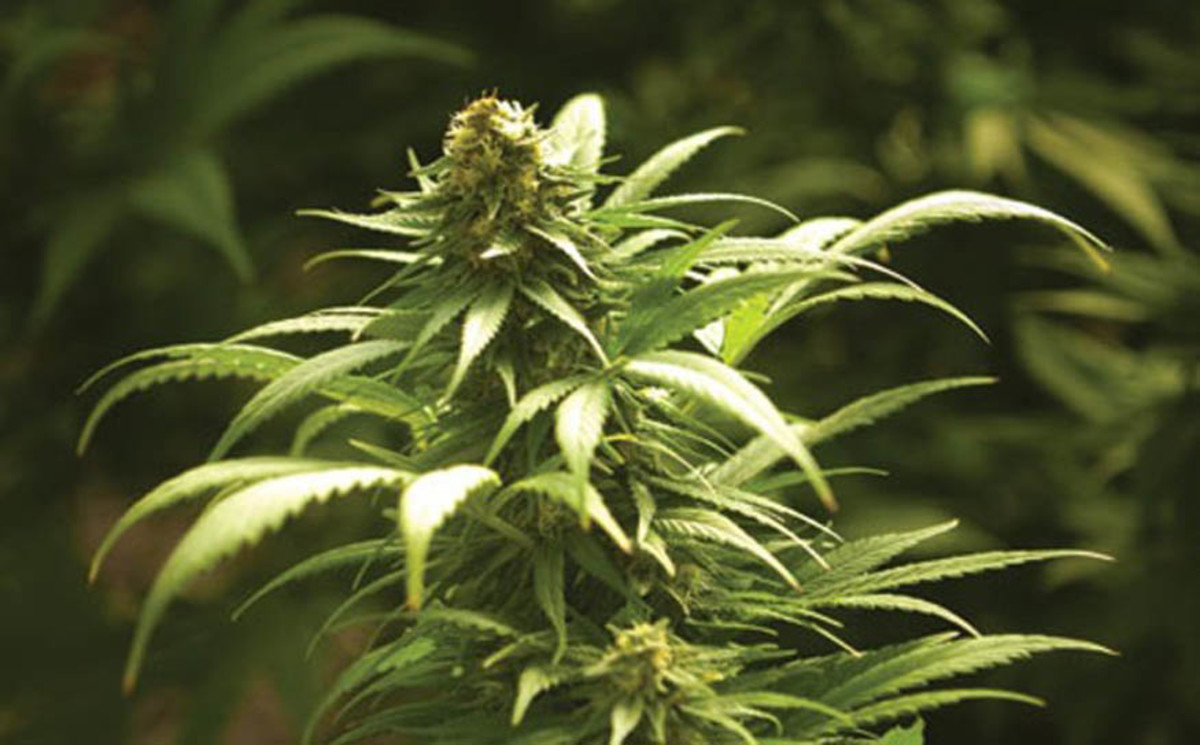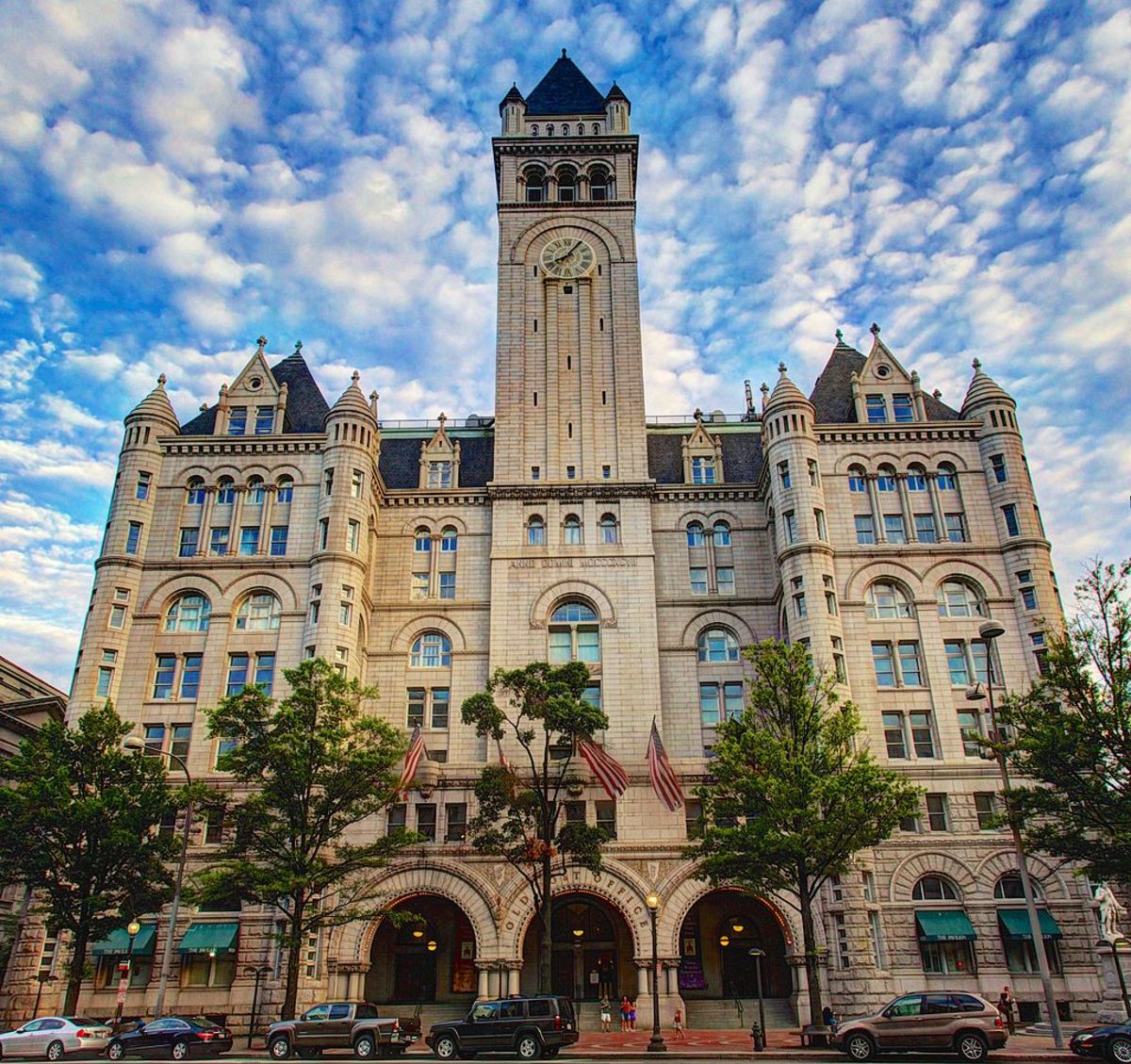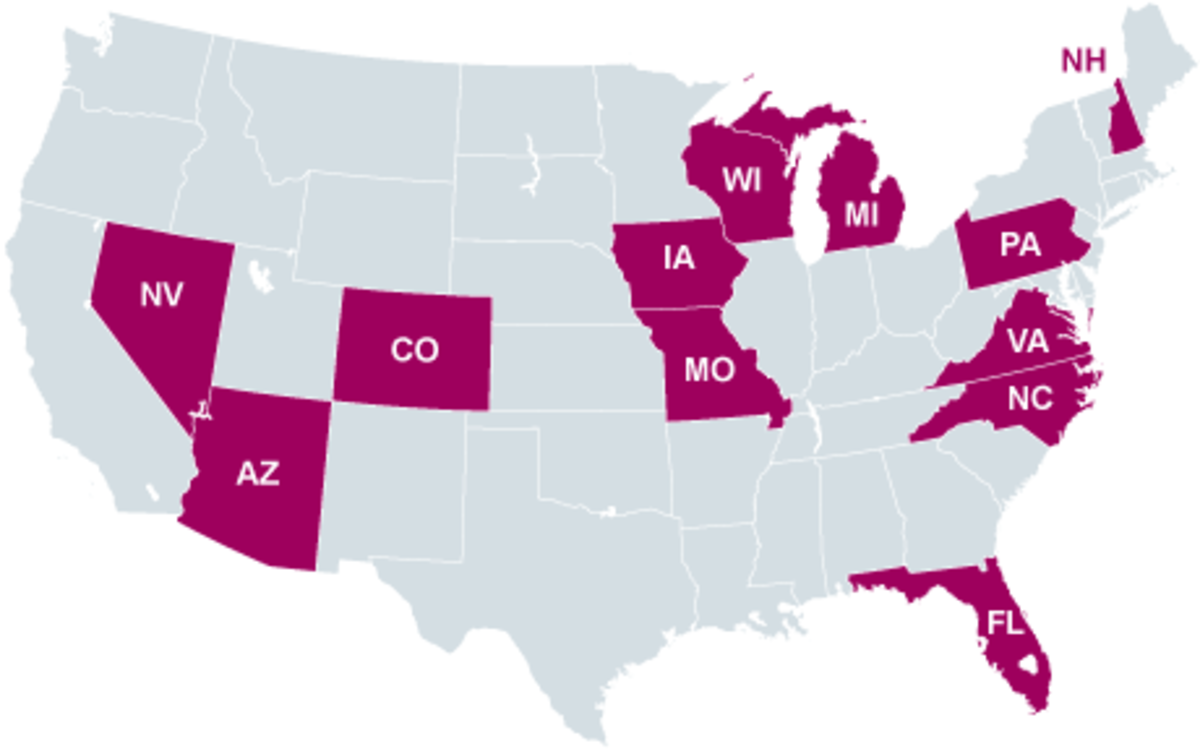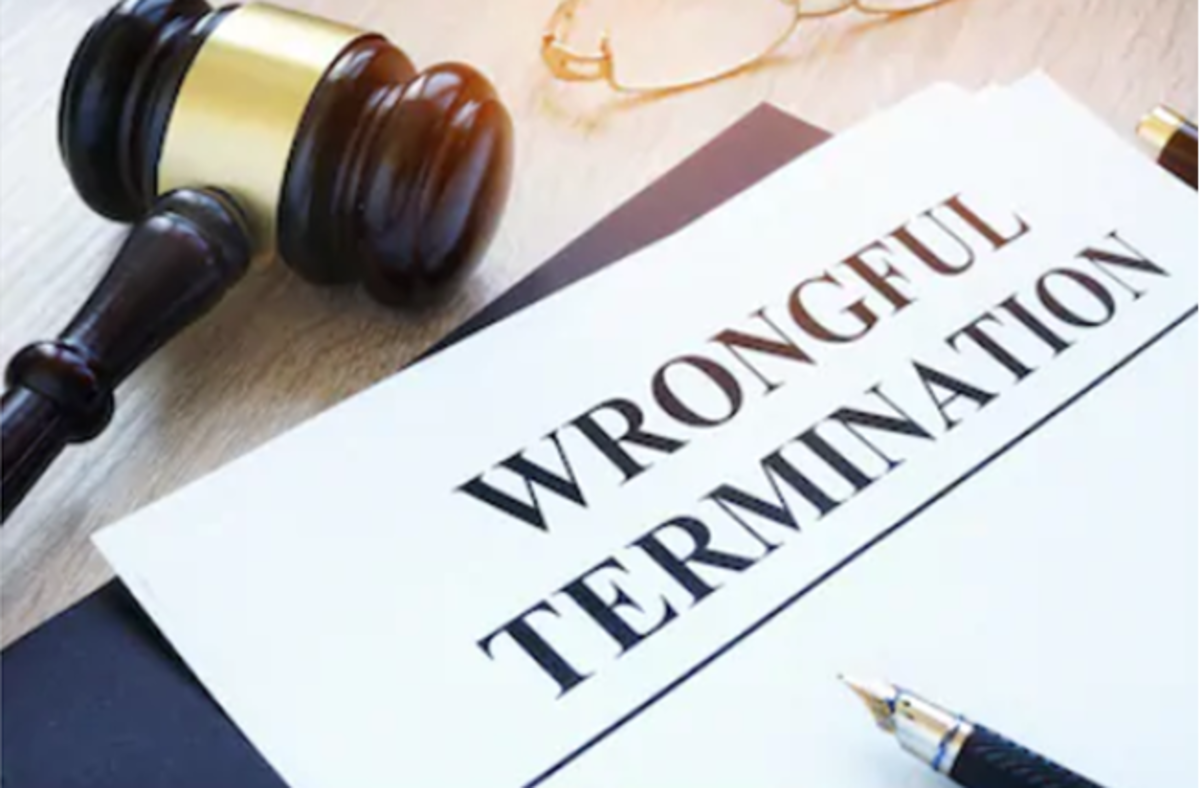Medical Marijuana Monopoly Wielded By The Wealthy

Marijuana Legalization May Be Imminent In US States
Although debate rages on in the question of whether to regulate and openly sell a variety of strains of marijuana on the open market coast to coast, questions of negative and positive results persist, especially regarding marijuana allergy. Still, about half of US States have legalized marijuana sales at regulated storefronts.
That being true, then hemp should be legalized, because it is at least as valuable a product.
Some US States' leaders and voters have not yet decided the state-by-state matter of decriminalization. As of the end of October 2015, the undecided number of states was 27.
During the November 2015 General Election, Issues #2 and #3 in Ohio asked voters to:
- Vote NO on Issue 2 to approve the formation of monopolies in Ohio, and
- Vote YES on Issue 3 to legalize the regulated sale and use of marijuana via 10 specific growing facilities/companies only, licensed to commercially produce medical and recreational marijuana.
The rationale provided voters for passage of these two ballot issues was that
"It is permissible to form a monopoly if the voters approve it."
This statement might seem foolish, considering that trusts and many monopolies were outlawed nationally by the Sherman Antitrust Act of 1890 and the Clayton Antitrust Act of 1914, as well as others. Some of today's voters may not have heard of the act or realize what entails a monopoly. However, not all monopolies are illegal.
Would an Ohio marijuana monopoly be illegal? This is a good question. If Issue 2 did not pass, then the MJ monopoly would be illegal.
Will Ohioans and voters in subsequent states offering a medical-marijuana issue on their ballots pass a legal Monopoly operation?
“I don’t even know what they’re asking. It’s very confusing!”
— A voter in Dayton, Ohio; considering Issues 2 & 3One issue on the Ohio Ballots in November 2015 was quickly decided. In a landslide loss, Issue #3 for Marijuana Monopoly growing, sales, and dispensing was defeated by two-thirds of voters.
At a time when too many families are being torn apart by drug abuse, Ohioans said no to easy access to drugs and instead chose a path that helps strengthen our families and communities
— Ohio Governor John Kasich; 11-3-2015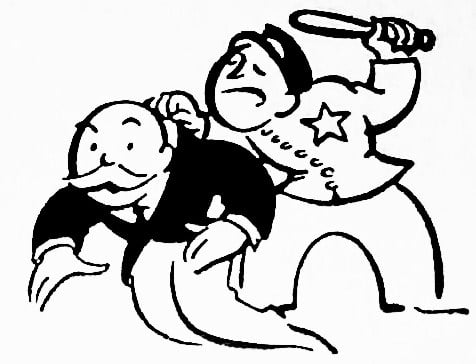
Wealthy Investors and Marijuana Monopoly
Some constituents felt that a monopoly of 10 was sanctioned by Issues 2 & 3 and that it contained only 10 wealthy investors/businesses who lobbied to have Issue 3 placed on the Ohio ballot. That was probably a correct feeling.
These investors contributed approximately $3,400,000 to the pro-marijuana ResponsibleOhio PAC about 1/10 or 10% of the $36,000,000 contributed to the 10 businesses.

Our 10 Marijuana Growth, Cultivation and Extraction (MGCE) Facilities.
The 10 businesses that would have ruled the marijuana realm in Ohio are listed below.
Their investors are very interesting people!
Investors In the 10-Company Monopoly
- Nick Lachey, legendary performer with 98 Degrees. Mr. Lachey is doing commercials that urge voters to pass Issue 3. he is part owner of one of the 10 proposed monopoly partners.
- Paul Heldman, former General Counsel for The Kroger Co. (based in Cincinnati).
- Woody Taft, descendant of President William Howard Taft of Ohio. The family is connected with Taft Broadcasting and King's Island Amusement Park (Cincinnati).
- Frank "Bo" Wood, founder and radio host for 102.7-FM WEBN Radio in Cincinnati. (Full owner of one MGCE entity.)
- Oscar Robertson, University of Cincinnati basketball player. (Part-owner of one of the entities.)
- Frostee Rucker, former Cincinnati Bengals football defensive end.(Part-owner of one of the entities.)
- Dayton pain specialist Suresh Gupta (Half-owner of one MGCE.) In 2008, Gupta was tried and acquitted (7/31/08) of assaulting four female patients in the context of pain management (Reference:www.whio.com//news/news/attorneys_complete_closing_arg/nF9Y/). Reviews of his pain management practice on HealthGrades.com give him an average of only 1.5 stars out of 5 as of October 29, 2015.
- Barbara Gould, a philanthropist based in Indian Hill (Cincinnati suburb).
Characteristics of Metro Areas Chosen for Marijuana Growing
In the table below, the metro areas of Akron, Canton, and Toledo have been economically depressed, but manufacturing has resurrected and economies are improving.
The Ohio Marijuana Control agency will operate out of northern Ohio and begin business incubators for marijuana sellers. Interestingly, Akron, Canton, and Toledo have been tagged as former Mafia towns and Toledo has had other legal problems.
Cincinnati is the southern terminus of the Ohio Space Corridor that cuts a wide swath up to Wright Patterson AFB-Dayton-Fairborn-West Chester and on into Columbus, Ohio.

In the table below, the metro areas of Akron, Canton, and Toledo have been economically depressed.
Top 10 and Only Ohio Marijuana Growing Companies Under Issue 3 Upon Passage
Company (All are LLC's)
| County of Ohio
|
|---|---|
Abhang (Gupta)
| Licking (Central Ohio)
|
Wf Green Investments (Rucker & Robertson)
| Hamilton (Cincinnati Area)
|
Grow 2015
| Lorain (on Lake Erie)
|
DGF (Wood)
| Clermont (Cincinnati Area)
|
Bridge Property Group
| Lucas (Toledo Area)
|
Ohioven
| Delaware (Central Ohio)
|
Vendure GCE (Lachey)
| Summit (Akron Area)
|
NG Green Investments (Gould, Heldman, Taft, and another Taft)
| Butler (Cincinnati Area)
|
Prestoncox Industries
| Franklin (Columbus Area, Central Ohio)
|
GTI Investors
| Stark (Canton Area)
|
Ohio Voter's Information 2015
Many Marijuana Retail Stores Could Open
In Ohio, under Issue 3, the total marijuana retail stores would be limited to one for every 10,000 Ohioans. In November 2015, this number amounted to nearly 1,200 stores. The failure of Issue 3 prevented the opening of these numerous shops.
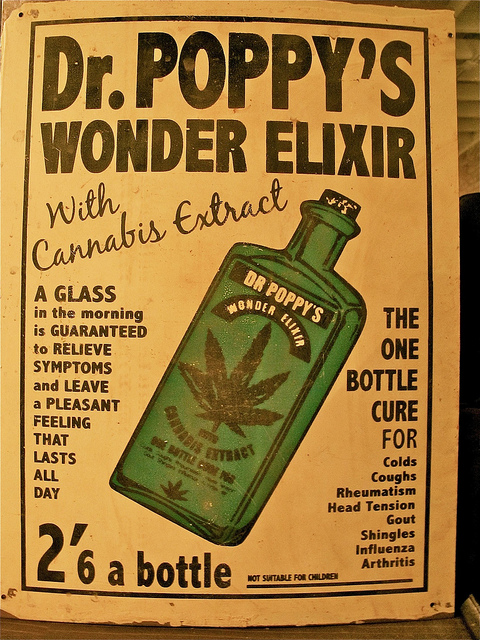

If Issue 3 Passed, Who Would Have Been Authorized To Use Marijuana In the Buckeye State?
If Issue 3 passed (YES) and Issue 2 failed (NO), then marijuana could have been purchased by
- Scenario #1 - Individuals 21 years old or older, but only with a license purchased from the Ohio Marijuana Control Commission. This is like a hunting license. Any license holder may possess, grow, cultivate, and share no more than eight ounces (1/2 pound) of home grown marijuana, along with no more than four flowering marijuana plants. How much the license will cost is not yet determined.
- Scenario #2 - Individuals 21 years old or older may purchase, possess, transport, use. and share up to one ounce of marijuana without a license.
- Scenario #3 - Individuals of any age with a certified debilitating medical condition may use medical marijuana.
Marijuana For Toddlers and Young Children?
Viewers in Ohio were shocked by TV ads showing a 4-or-5-year-old girl and her parents lamenting that the family would need to move from Ohio to Colorado so that the child could use medical marijuana. The ads were removed. Medically speaking, since the neurological system of a 5-year-old is not yet fully developed and functional, great care must be used in the administration of any drug that can affect the central nervous system.
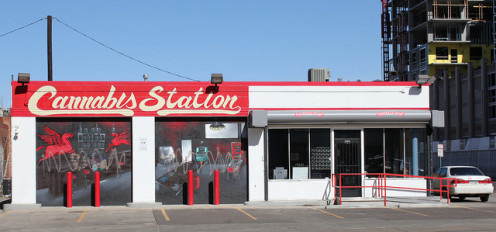
The Fraternal Order of Police of Ohio and the Ohio Prosecuting Attorneys Association, along with 90 other organizations oppose Issue 3.
What Is Happening In Your State?
Has your US State voted on the legalization of marijuana? If so, were the related ballot issues clear? Did legalization occur?
© 2015 Patty Inglish MS MPH


